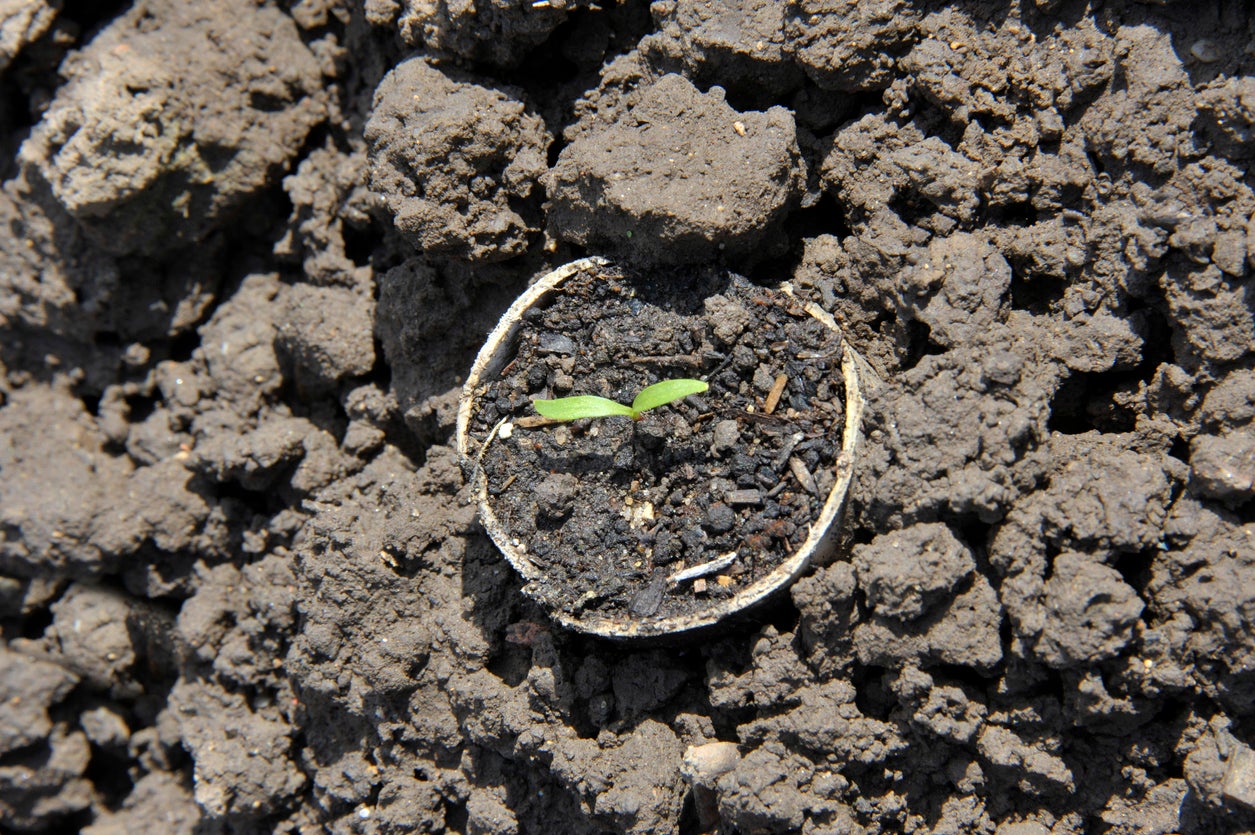Toilet Paper Rolls As Pest Control – How To Stop Pests With Toilet Paper Rolls


Recycling doesn’t always mean tossing paper products, like toilet paper rolls, into the big bin. You can have more fun if you use toilet paper rolls as pest control in the garden. How to stop pests with toilet paper rolls? It’s ingenious but simple and fun. Read on for all you need to know about cardboard tube pest control, including protecting plants with toilet paper rolls in the veggie garden.
Using Cardboard Tubes for Pests
Most toilet paper and paper towels come wrapped around a cardboard tube. When you have finished a roll, you still have that tube to dispose of. You will do better tossing that cardboard tube in the recycling bin than the garbage can, but now there is another cool alternative: cardboard tube pest control in the garden.
It’s not difficult to start protecting plants with toilet paper rolls and it can be effective in a variety of ways. If you have never heard of cardboard tubes for pests, you may be skeptical. But we’ll tell you exactly how this works and how to stop pests with toilet paper rolls. And not just one pest, but many different kinds.
Cardboard tube pest control can work to stop cutworm damage in carrot patches, vine borers in squash, and slug damage in seedlings. You may find many more ways to use toilet paper rolls for pest control.
How to Stop Pests with Toilet Paper Rolls
Toilet paper rolls can serve two main functions when it comes to controlling pests. One is as a little nesting site for seeds so that new seedlings are safe from hungry bugs. The other is a kind of cast you can place on a vine to prevent borers.
For example, anyone who has grown carrots for a while has likely seen his or her crop nipped in the bud by cutworms. Use a whole toilet paper tube or a section of paper towel tube and fill it with potting soil. Plant four seeds in it and don’t transplant until roots come out of the bottom of the tube.
You can also use cardboard tubes for pests to prevent mayhem in your squash bed. Vine borer moths lay their eggs in the stems of squash plants. Naturally, when the larvae eat their way out, they destroy the stems that bring water and nutrients to the plant. Prevention is easy. Just cut the cardboard tube in half and wrap the base stem of the plant with it. When you tape it shut, the borer mother cannot get in to lay her eggs.
Sign up for the Gardening Know How newsletter today and receive a free copy of our e-book "How to Grow Delicious Tomatoes".
You can also drop toilet paper tubes into the garden bed and plant your seeds in them. This can protect the new seedlings from slug and snail damage.

Teo Spengler is a master gardener and a docent at the San Francisco Botanical Garden, where she hosts public tours. She has studied horticulture and written about nature, trees, plants, and gardening for more than two decades, following a career as an attorney and legal writer. Her extended family includes some 30 houseplants and hundreds of outdoor plants, including 250 trees, which are her main passion. Spengler currently splits her life between San Francisco and the French Basque Country, though she was raised in Alaska, giving her experience of gardening in a range of climates.